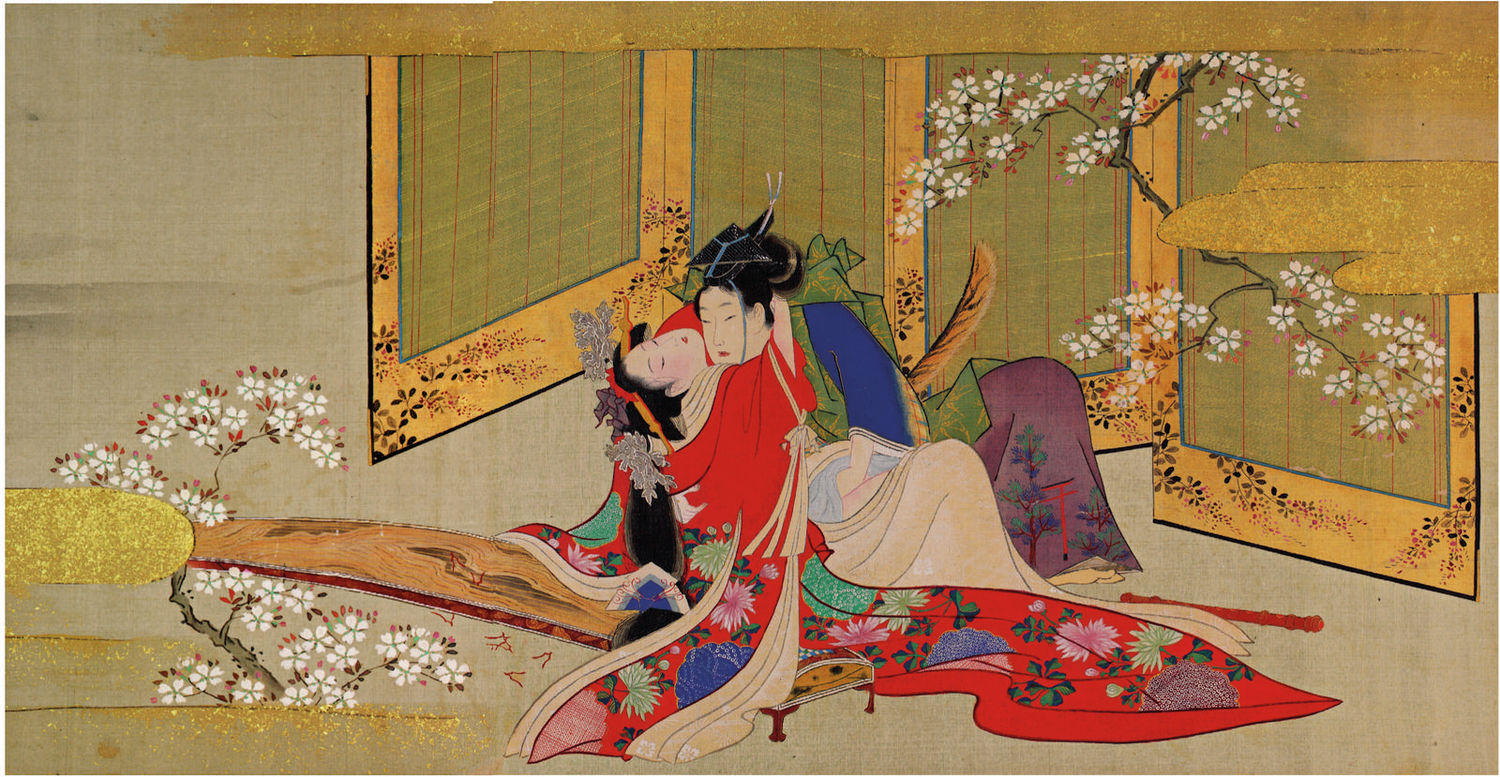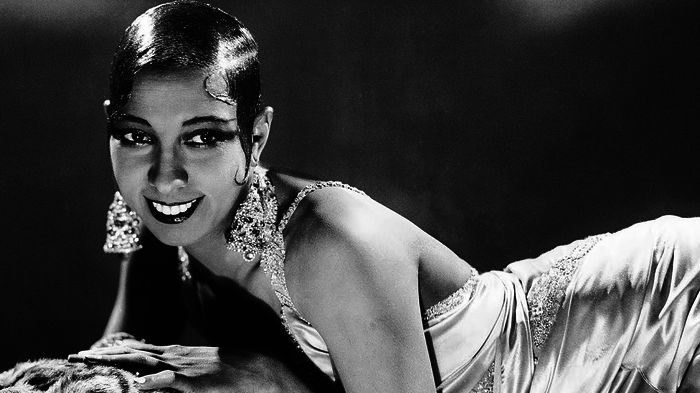Content Note: This article contains mentions of nudity and sex that some may find offensive. This article is also unsuitable for readers under 18.
In late 2013, the British Museum set aside its galleries for an exhibition like none other – one that brought blushes to some, and to others a heated conversation. The paintings were centuries old and hailed from the far, far East. The simpler ones portrayed zealous, amorous smooching, while the more explicit ones showed pubic hair, oversized genitalia, and sheer human desire on fire. Some of the items on display were even fantasy-like, delineating rip-roaring competitions of self-pleasure and even female sexual ecstasy stimulated by octopuses.
This exhibition, entitled Shunga: Sex and Pleasure in Japanese Art, triggered an intellectual debate on whether Japanese Shunga (春画; lit. ‘spring pictures’) is a genre that has gone ‘too far’. Is Shunga profound enough to be art-worthy, or is it merely pornography in painting form? Does the artist's intent matter more than the viewer's interpretation? Some raised eyebrows over why the highly-respected British Museum even hosted an event of this type, questioning the UK’s fuzzy regulations on what could be classified as ‘obscene’. Revisiting it almost a decade later, however, we can perhaps think past these surface-level questions. We might even unspool Shunga’s invisible power of mirroring psychological multifariousness in the human race.
"Appreciation of sexual art is very much a constructivist matter, dependent on the perceiver's social-psychological background and their inbuilt answers to the central questions."
In reality, human art has never excepted the theme of sex; after all, it is the endeavour that brought each and every one of us into this world. The conventions for depicting sex in art, however, have been astoundingly diverse through history. Appreciation of sexual art (or lack thereof) is very much a constructivist matter, dependent on the perceiver's social-psychological background and their inbuilt answers to the central questions: What is sex for? Is sex necessarily erotic? Is eroticism necessarily bad? But quite often, it also depends on the general vibe of the image: whether there is intercourse in action, how genitalia is positioned, how facial expressions are painted, and even how techniques are exercised. By way of illustration, realist painter Gustave Courbet’s oil painting L’Origine du Monde (lit. ‘The Origin of the World’) depicts a nude woman lying on a bed, her left thigh spread outwards and her face, arms, and lower legs out of view. The focus is intensely placed on a small fraction of her bosom, her abdomen, her vaginal area and her pubic hair. The stillness of the painting appears to exude a sense of serenity and the title seems to suggest an elegant tribute to the creation of life.
Notwithstanding the overall presentation of the picture, there are still some who associate L’Origine du Monde with voyeurism. And with that, it isn’t difficult to imagine that much harsher would be the general criticism towards Shunga. Some Shunga paintings venture further to celebrate not only lovemaking, but the thrill of sex in a broader, more fantastical sense. Shunga’s representation of play behind closed doors is meant to be explicit, exaggerative, comical, and shamelessly sinful.

To explain the apparent indulgence among these paintings, it is imperative to understand the historical backdrop that inspired their audacity. Shunga gained prominence in Japan’s prosperous Edo period (1603-1867), when a vibrant genre was born: the Ukiyo-e (浮世絵). The Ukiyo-e translates literally as ‘floating world pictures’, which sets out to celebrate the enjoyments of life and to delineate idealisations in entertainment quarters. Themes in Ukiyo-e centred around hedonism, featuring drawings of Kabuki dance-drama, courtesans, and Geishas. Of course, Shunga fits well under the philosophical architecture of the Ukiyo-e.
"Whilst the exaggerated illustrations in Shunga seems to suggest vile, instinctive sex, some see a hidden message in the face of its flamboyance."
Whilst the exaggerated illustrations in Shunga seems to suggest vile, instinctive sex, some see a hidden message in the face of its flamboyance. Its aggrandised genitalia is disproportionate so as to represent ‘a second face’, one that is primal and unreserved. The comical size is almost like a satirical salute to the emotions that one has to conceal due to social norms, and the prosperity of the Edo period seems to have boosted artists’ boldness in picturing this concept. Although being painted by most Ukiyo-e artists and circulated in bright times, governmental forces intended to suppress Shunga on several occasions due to its controversial nature. The Kyoho (1722) and Kansei (1790s) reforms were classic times where restrictions were imposed against Shunga, which led it to become underground art.
"The candid nature of Shunga inspires people to speak of their fundamental values, to accept human passion, and to understand how it differs from biological need."
Also thought-provoking is how Shunga has been perceived in modern times, which can partially be explained by national priorities after the Russo-Japanese war (1904-1905). Victory against the Russians crowned Japan as the first Asian power to defeat a European force; this very triumph led the west to view Japan as ‘an equal’, and as such, things changed even more. The country began to see traditional Shunga as something obscene that was robbing them of their ‘civilised’ title, an embarrassing stain to hide at the international table. This led to a very strict governmental censorship of Shunga in the early twentieth century and to date, its influence seems to linger. Even though Shunga does not remain that much of a ‘hush-hush’ topic in current years, it isn’t much discussed in the seemingly conservative modern-day Japan.
Beyond our first impressions of Shunga – whether we find them progressive for their time, or downright vulgar – we can perhaps embrace Shunga’s audacity of expression. The candid nature of Shunga inspires people to speak of their fundamental values, to accept human passion, and to understand how it differs from biological need. It brings us face to face with our minds as humans and propels us to ponder about why art exists in the first place. And that, in my book, is the highest act in all art.


